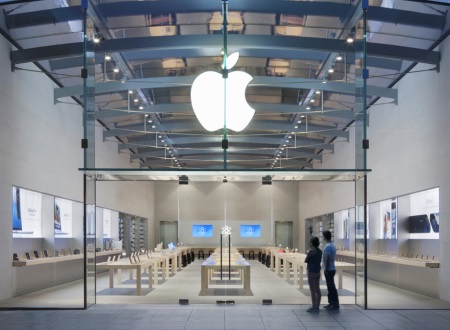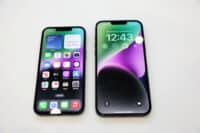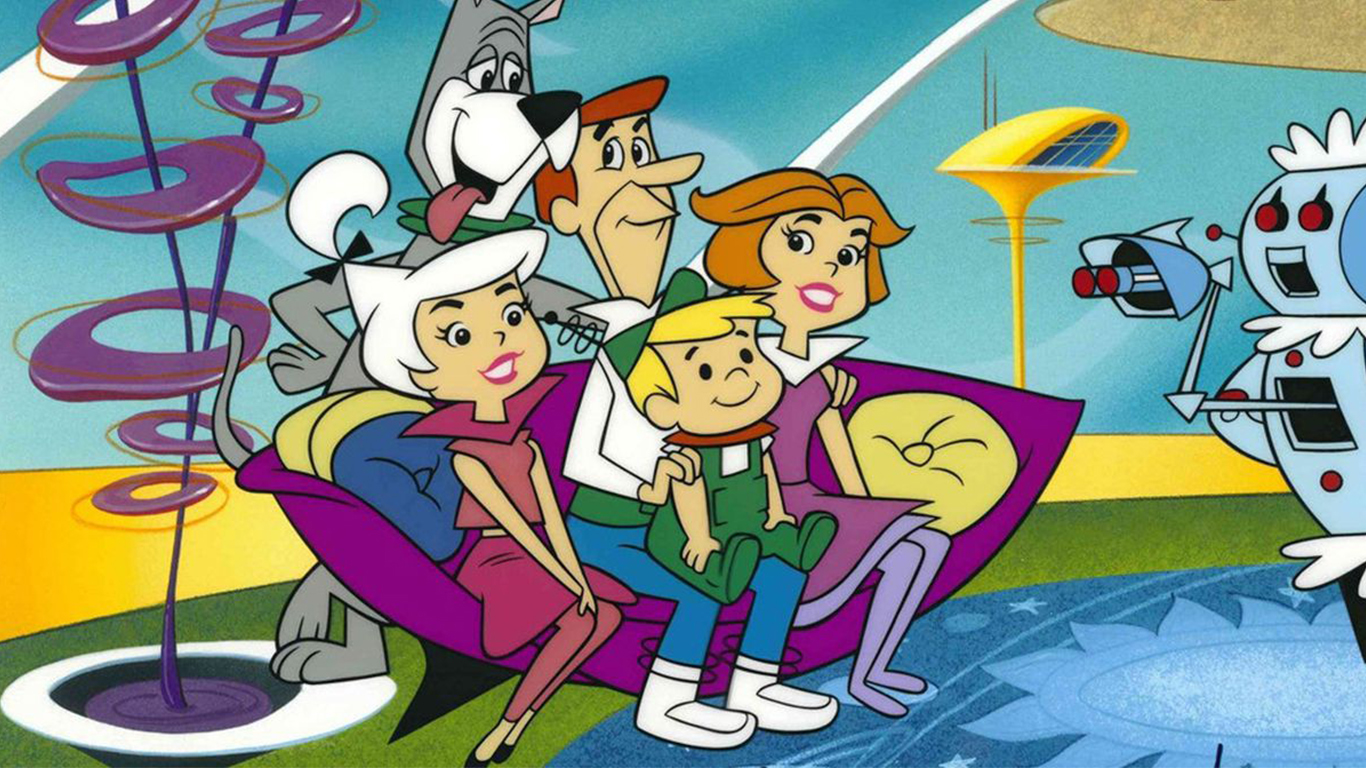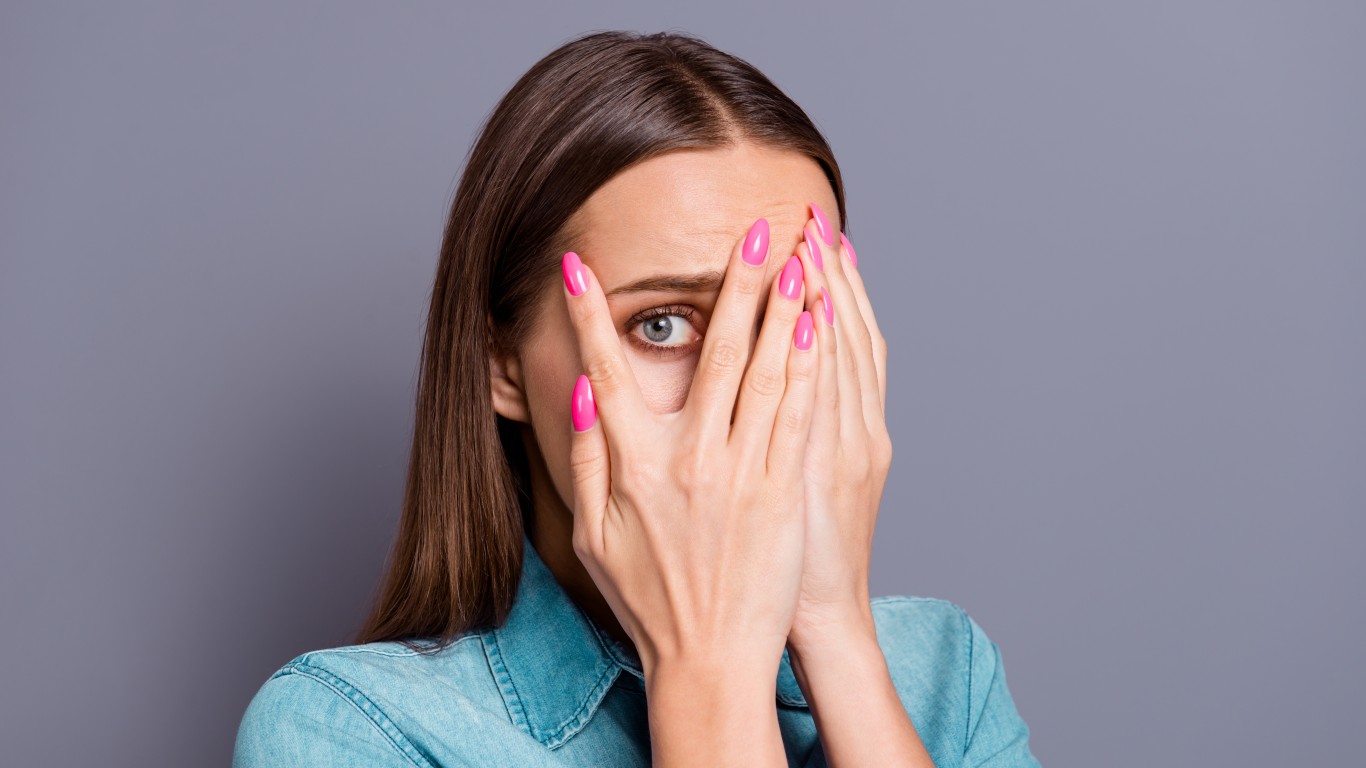Apple Inc. (NASDAQ: AAPL) may have pleased investors initially with its earnings report this week. The problem in Tim Cook’s capital return plan may simply be that Apple is just too focused on buybacks rather than on dividends. Some investors will feel that this is six of one or half a dozen of another, but the reality is that companies send very different messages when they choose to spend more money on buybacks or more money on dividends.
The view of 24/7 Wall St. is that Tim Cook should have been more focused on dividends than on buybacks. There may be a myriad of reasons that Cook did this, and it has admittedly been pretty hard to fault Apple to date. Still, the sell-the-news reaction in Apple shares after earnings would indicate that investors might be thinking the best of the best has been seen.
24/7 Wall St. already identified the details on how close to a dozen key Wall Street analysts are rating Apple now after earnings. While their ratings were very positive, some dividend-hungry investors are likely to feel like the money that could be used to pay them for owning the stock is being used for buybacks instead.
When we projected the dividend hike last week, it was up to “around $0.60 per share” versus the existing $0.47 per share. It turns out that this was just too much to ask, even from the mighty Apple. We even noted, “It could of course be much higher if the company wanted to, but there are several issues that may keep the dividend hike from doubling or going crazy.”
The real issue was this — a quarterly $0.60 dividend per share still only would have taken Apple’s yield up to almost 1.9%. That would have only been a 28% payout ratio, before buybacks, or so against the consensus estimate of $8.70 in earnings per share for 2015 (and about a 25% payout ratio against the $9.38 EPS consensus estimate for 2016).
After Apple reinstated its dividend in late 2012, the first hike was by 15%. The second dividend hike, in 2014, was roughly 8%. This new dividend hike of 11% up to $0.52 might be impressive to most investors, but even IBM just on this same day was able to raise its payout by a larger amount. While IBM is at a far different stage of its business and while IBM is struggling to find any growth, some Apple investors have to at least keep this mind.
ALSO READ: Twitter’s Big Earnings SNAFU
Another issue to consider was that Apple’s yield had to go up more than this dividend hike would be just to make a dent in the dividend game. Taking the dividend hike to $0.60 would have been a nearly a 28% payout hike — and that would have only generated close to a 1.9% yield.
24/7 Wall St. does not want to only look at things one bad side here. After all, Apple is the world’s largest company by market cap. Apple is also the most profitable American company. The overwhelming majority of Apple’s $195 billion or so in cash and cash equivalents is not domiciled in the United States, which might make it very difficult to get that cash paid in dividends in a tax-efficient manner.
A BofA Merrill Lynch report did address one of the issues that may be keeping Apple from getting too much cash in the hands of its shareholders. That is also the notion that Apple’s cash is dominantly held outside of the United States. Their report said:
Apple’s balance sheet remains strong with $195 billion in cash and marketable securities at the end of the Dec quarter, of which over $171 billion is offshore.
Moody’s also addressed the dividend hike and share buyback, with no change in Apple’s ratings. The credit ratings agency said:
Apple Inc.’s announced $70 billion extension of its shareholder return program does not impact the company’s ratings or liquidity. The refresh of the program, through March 2017, supersedes the current $130 billion capital return program that was set to expire in December 2015, bringing the total dividend and stock buyback authorization to $200 billion since its inception in fiscal 2013. Moody’s expects the company to continue generating very strong cash flow from operations which will give the company the ample resources to fund its announced shareholder return program without endangering its credit rating.
S&P Capital IQ kept its hold rating in place on Apple. On the buyback and dividend plan, the firm said:
We are encouraged by Apple’s $200 billion capital allocation strategy.
Apple shares closed down 1.6% at $130.56 on Tuesday on 118 million shares. That is more than two-times normal trading volume, but investors should consider that the high of the day was $134.54 — and that was an all-time high. What this means is that after investors fully digested the news, they sold Apple off almost $4.00 from peak to close during the same day — and they sold it off to the point that shares closed in the red.
Is it fair to ask if maybe Tim Cook should have spent more effort getting a higher dividend rather than such an emphasis on the massive stock buyback plan?
The main reason that 24/7 Wall St. prefers dividends is that dividends say something different about a company. Stock buybacks are generally to keep the number of total shares from growing (or to shrink the float), or they are management’s effort after sell-offs to say that the stock is too cheap. Dividends being raised are meant to signal that a company has confidence in its earnings for years and years into the future.
ALSO READ: Is Starbucks Really Worth 20% More?
There is no doubt that a $200 billion capital return plan is more than impressive. This plan might have just been more impressive if it was more focused on dividends rather than mostly on buybacks.
Thank you for reading! Have some feedback for us?
Contact the 24/7 Wall St. editorial team.





